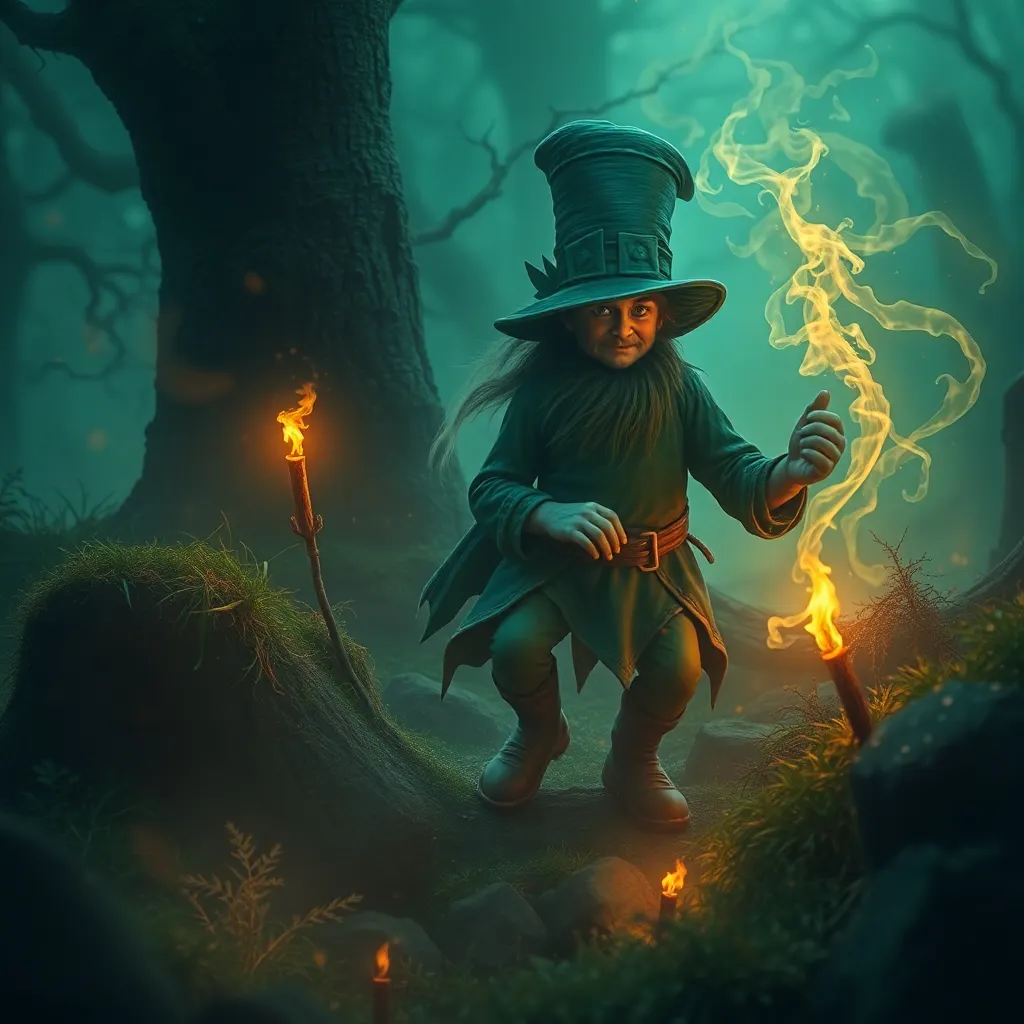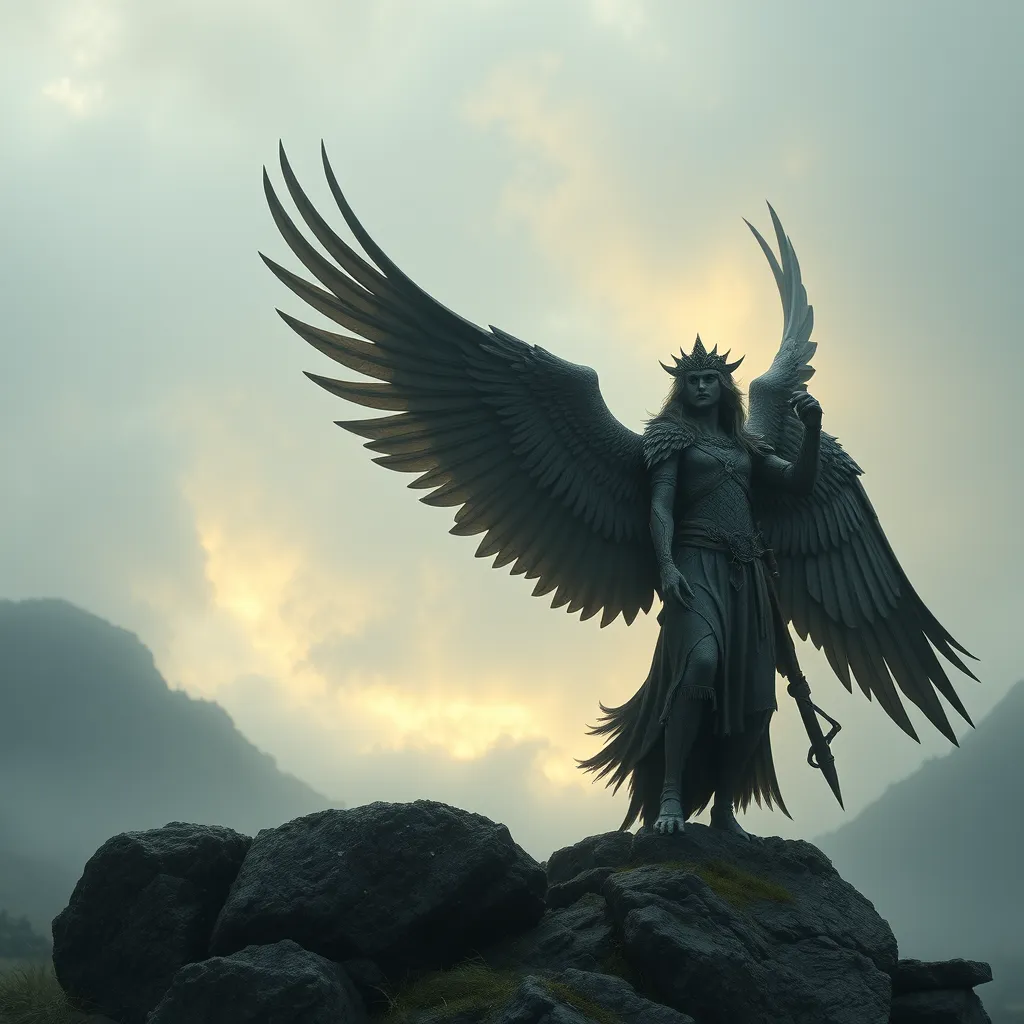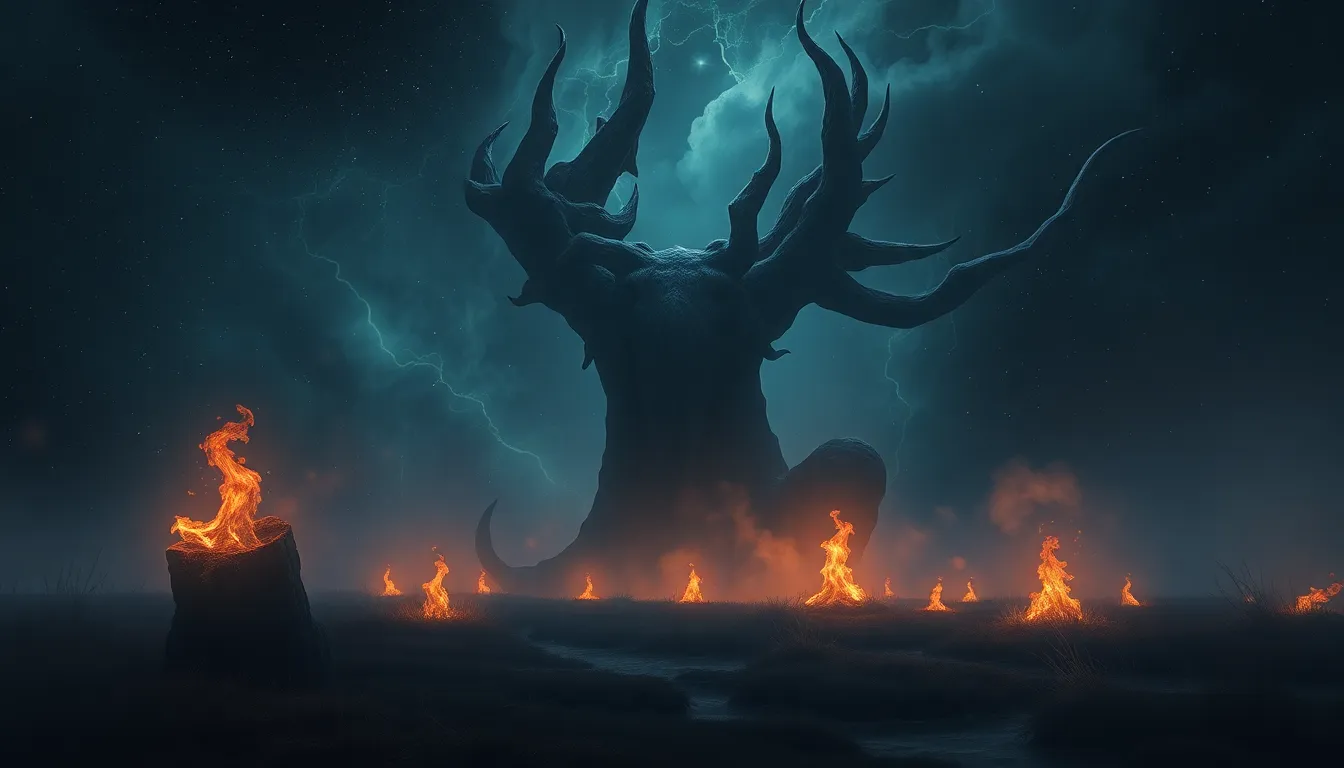Whispers of the Banshee: How Leprechauns Fit into the Broader Irish Mythological Landscape
I. Introduction
Irish mythology is a rich tapestry of stories, characters, and themes that reflect the beliefs and traditions of the Irish people throughout history. At the heart of this mythology lie figures such as the banshee and the leprechaun, each embodying unique characteristics and cultural significance. This article aims to explore these two enigmatic entities, examining their origins, traits, and interconnectedness in the broader Irish mythological landscape.
II. The Origins of Irish Mythology
A. Historical context and evolution
The roots of Irish mythology can be traced back to ancient times, influenced by the Celts and later shaped by Christianity. Over centuries, these stories evolved, adapting to the changing cultural landscape of Ireland.
B. Key sources of Irish myth
Irish mythology is documented in various ancient texts, including:
- The Book of Invasions (Lebor Gabála Érenn)
- The Táin Bó Cúailnge (The Cattle Raid of Cooley)
- The Mythological Cycle and the Ulster Cycle
C. Role of oral tradition in shaping myths
Oral tradition played a crucial role in preserving these myths, with tales passed down through generations. Storytellers, known as bards, were vital in maintaining the cultural heritage and ensuring the survival of these narratives.
III. Understanding the Banshee
A. Definition and characteristics
The banshee, or “bean sí” in Irish, is a female spirit often associated with death and mourning. She is commonly depicted as a wailing figure, foretelling the death of a family member. Her appearance varies, but she is often described as having long hair and a flowing white gown.
B. Cultural significance and symbolism
The banshee serves as a powerful symbol of the connection between the living and the dead in Irish culture. Her wailing is seen as a lament for those who are about to pass, reinforcing the belief in the afterlife and the importance of honoring ancestors.
C. Common myths and stories surrounding the banshee
Numerous tales feature the banshee, such as:
- A story of a noblewoman who became a banshee after her tragic death, haunting her family with her mournful cries.
- Accounts of families hearing the banshee’s wail just before a loved one died, solidifying her role as a harbinger of death.
IV. The Enigmatic Leprechaun
A. Description and traits of leprechauns
Leprechauns are typically depicted as small, bearded men dressed in green coats and buckled shoes. They are known for their mischievous nature and are often associated with hidden pots of gold at the end of rainbows.
B. Historical roots and variations in folklore
The leprechaun’s origins can be traced to the ancient belief in the “lobaircin,” a type of fairy. Over time, their portrayal transformed, and they became more closely associated with trickery and wealth.
C. Leprechauns in modern culture
In contemporary culture, leprechauns have become symbols of St. Patrick’s Day celebrations and Irish heritage. They are often featured in popular media, such as films and advertisements, contributing to a commercialized image that sometimes oversimplifies their mythological roots.
V. Interconnections Between Banshees and Leprechauns
A. Shared themes in Irish mythology
Both banshees and leprechauns embody themes of transition—banshees representing the passage from life to death, and leprechauns symbolizing the transition between reality and the world of the fae. They both engage with the human experience in profound ways.
B. Symbolic roles in the narrative landscape
In the narrative landscape of Irish mythology, the banshee often serves as a somber reminder of mortality, while leprechauns introduce elements of humor and mischief, showcasing the duality of life.
C. Interactions in folklore and storytelling
While banshees and leprechauns rarely interact directly in folklore, they coexist within the same mythological framework, representing the balance of life’s joys and sorrows. Folktales may sometimes fuse their characteristics, creating rich storytelling opportunities.
VI. The Role of Other Mythical Beings in Irish Lore
A. Overview of other significant figures (e.g., fairies, druids)
Irish mythology is populated with various other beings, including:
- Fairies (the Aos Sí), who are often portrayed as magical and capricious.
- Druids, who served as priests and scholars, connecting the spiritual and natural worlds.
B. Comparative insights into their roles alongside leprechauns and banshees
These figures contribute to the complexity of Irish mythology, with each embodying different aspects of life, nature, and the supernatural. For instance, while leprechauns may represent wealth and luck, banshees signify the inevitability of death.
C. The interconnectedness of mythical entities
The interconnectedness of these beings illustrates the rich narrative threads that weave through Irish folklore, highlighting the cultural significance of each figure and their collective role in shaping Irish identity.
VII. The Evolution of Irish Mythology in Contemporary Culture
A. Influence of globalization on Irish myths
Globalization has led to a renewed interest in Irish mythology, with stories being adapted and reinterpreted across various cultures. This has resulted in a fusion of traditional elements with modern storytelling.
B. Modern interpretations and adaptations of leprechauns and banshees
Today, leprechauns and banshees continue to be featured in literature, film, and other media, often with contemporary twists:
- Children’s books that portray leprechauns as friendly characters.
- Films that explore the darker aspects of the banshee’s lore.
C. Preservation of traditional tales in today’s society
Despite modern interpretations, efforts are being made to preserve traditional tales through cultural festivals, storytelling events, and educational programs, ensuring that these myths remain a vital part of Irish heritage.
VIII. Conclusion
A. Summary of key points
This exploration of banshees and leprechauns highlights their unique characteristics and the roles they play in Irish mythology. While they represent different aspects of the human experience, both figures contribute to the rich narrative tapestry of Irish culture.
B. The enduring legacy of banshees and leprechauns
The legacy of these mythical beings endures, capturing the imagination of people both in Ireland and around the world. They serve as reminders of the deep connection between folklore and cultural identity.
C. Final thoughts on the importance of Irish mythology in cultural identity
Irish mythology, with its enchanting stories and characters, is a vital part of Ireland’s cultural identity. The tales of banshees and leprechauns, among many others, continue to resonate, illustrating the timeless human themes of life, death, and the supernatural.



